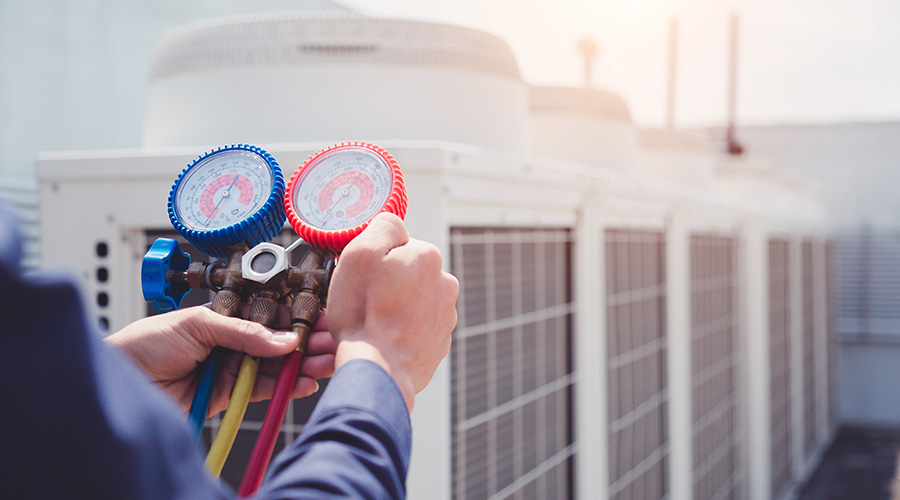Sustainable HVAC Operations: ASHRAE Guideline Shows How to Go Green
Just as quickly as a green building can fade to gray, an ordinary building can move in the opposite direction.
Despite what senior managers tend to think, "utilities are not a fixed expense," says Bill Harrison, past ASHRAE president and the CEO of Harrison Energy Partners. Almost any building can cut its energy use if managers pay attention, he says, because "almost invariably, a building does not operate as it should."
To address that problem, ASHRAE recently published ASHRAE Guideline 32-2012 For Sustainable, High-performance Operation and Maintenance. It offers "general guidance on how to move operating and maintenance procedures for any kind of building to high performance," says Mike Bobker of the CUNY Institute for Urban Systems, who chaired the committee that wrote the guideline. It is not just for new buildings, he says.
The guideline is "friendly to starting wherever you are," Bobker says. "If you have an old furnace, you could tune it."
Operational Problems
Angela Lewis, a member of the committee and a project manager for Facility Engineering Associates, says ASHRAE publication "The Decision-maker's Guide to Energy Efficiency in Existing Buildings" states that a building with good operations and maintenance practices that is poorly designed often will outperform a well-designed building with poor operations and maintenance practices. She compares it to maintenance on a fuel-efficient car: "If you never replace the tires or change the oil, it's not going to work as well or last as long."
It's no surprise that even well-designed buildings operate inefficiently.
"From any design, there are lots of things that can go wrong," Bobker says. When buildings are designed, operators rarely have input until too late. Documentation is often lacking and targets are not spelled out.
"All systems, once they are installed, start to drift," says Lindsay Audin, president of Energywiz. "There's a very good chance that costs will increase without anyone doing anything intentional."
Then there are well-intended actions that wind up raising energy costs. Harrison cites a not-too-hypothetical example of a facility technician who gets a "too hot" complaint. Rather than investigating and finding that three new computers have been installed, the easiest thing to do is crank the air conditioning. When that person leaves, "the next operator thinks that that's the way it's supposed to be run," Harrison says. "Most buildings are run by legend."
Obstacles to high performance, Bobker says, begin with "not enough time, not enough money." But those are often just symptoms of lack of commitment. "Once the organizational commitment is there, time and money are usually found," he says.
Many companies are now officially adopting green policies, and "somewhere along the line the light bulb goes on: Our buildings matter in this," he says.
Related Topics:













